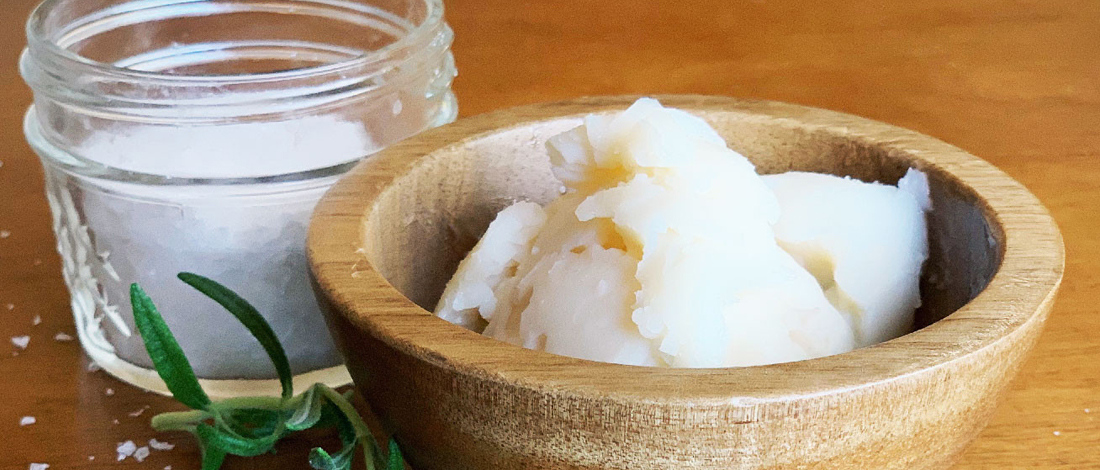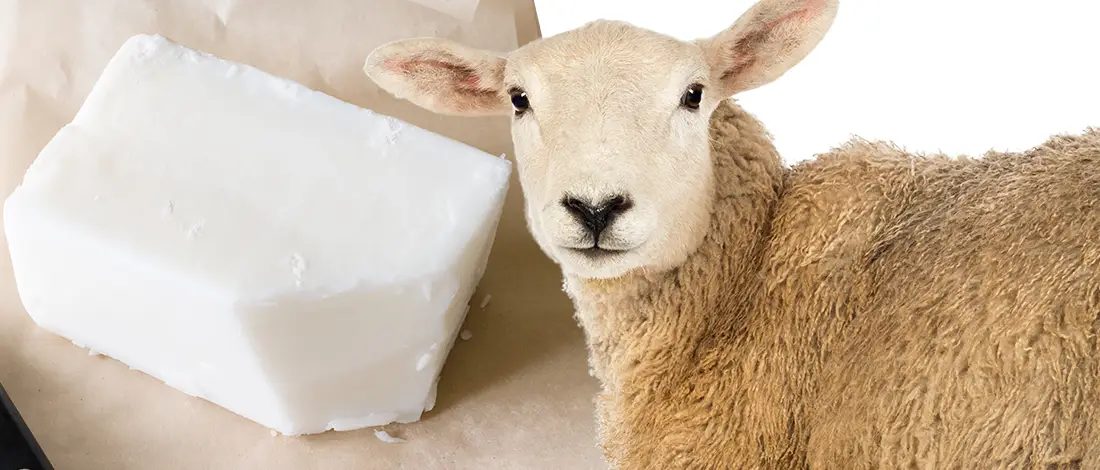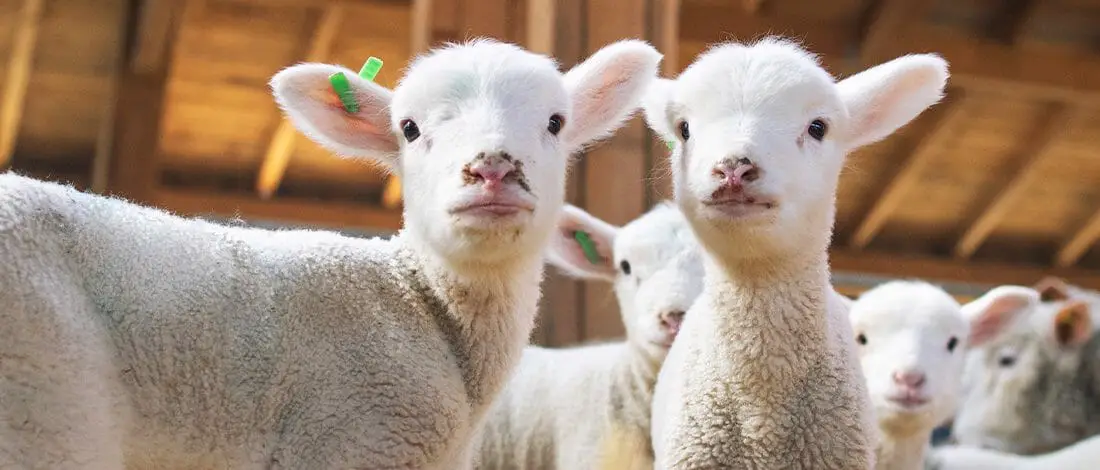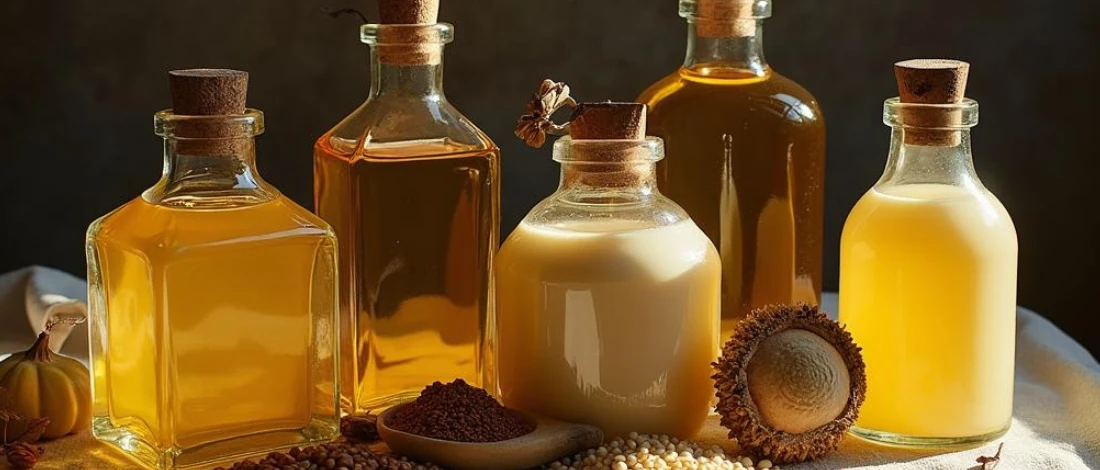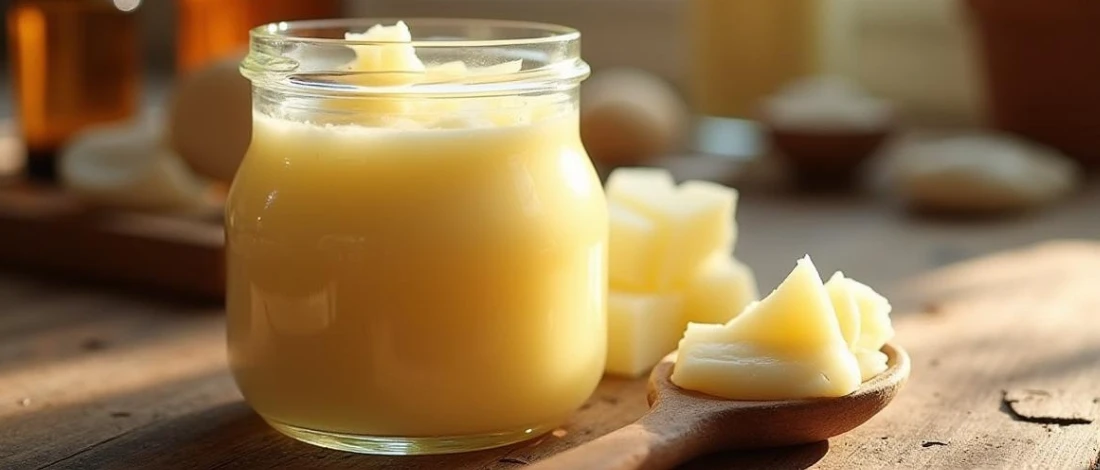Tallow and ghee can be used in cooking and grilling as an oil or fat substitute.
At Carnivore Style, we focus on fats that complement a meat-based diet and wanted to explore how these two saturated fats compare.
Regarding cooking and grilling, how do these two saturated fats compare, and which one is the best to use for grilling and smoking applications?
We’ve consulted our cooking and grilling masters to give you the best breakdown of the differences between tallow vs ghee.
Quick Summary
- Tallow and ghee are both used in cooking and grilling as oil or fat substitutes, with tallow being rendered animal fat, usually from cows or sheep, and ghee being clarified butter, a dairy product.
- Tallow has a neutral flavor and is a source of saturated and monosaturated fats.
- Ghee has a rich, almost nutty flavor and provides a good source of vitamins A, C, D, and K.
Cooking with raw fat, including grilling and smoking, is a way to crisp up the outer layers of the savory foods you are cooking while retaining succulent juices inside the food.
You can use tallow and ghee in this application, and you may be surprised by the health benefits of these fats.
What Are The Differences Between Tallow And Ghee?
Both ghee and tallow are not new ingredients. They have been used for centuries before modern vegetable oils and fats.
We will begin by looking at where these two products come from since this may influence some people’s dietary preferences.
Where Does Tallow Come From?
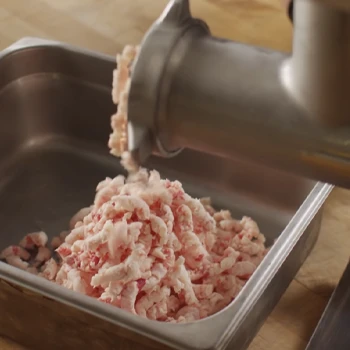
Tallow is a reasonably broad term related to culinary and industrial products, including bio-diesel, but we will stick to the culinary variety for obvious reasons!
Tallow is a rendered animal fat derived from cow fat or sheep fat.
Tallow is the most common variety widely used since beef fat is much easier to render.
Lard is another rendered animal fat, but this is typically pig fat.
Tallow is the tallow product we will focus on since this is the product you will most likely use when choosing a tallow product.
It is produced by trimming the fat from the fattiest parts of the cow, most commonly from the ribs, steaks, and rump roasts.
Fat is also often trimmed from around internal organs such as the kidneys.
The beef fat is then slowly heated until it liquifies. The melted fat is then strained to remove solids, called cracklings, and the molten tallow is stored in a glass jar and allowed to cool down to room temperature.
The tallow solidifies into a creamy white or slightly yellow butter-like texture at room temperature.
Tallow is considered an animal meat product and one of the main differences between tallow and ghee.
Related Articles:
What Flavor Does Tallow Have?
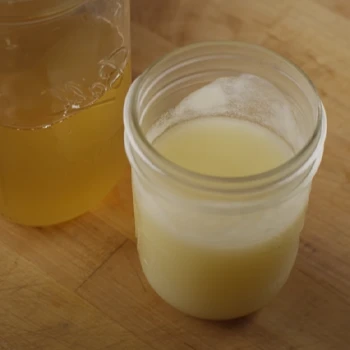
Tallow has a surprisingly neutral flavor, considering the flavor that beef fat gives to the meat when cooking.
The low flavor of the tallow results in many people infusing herbs into the fat during the rendering process to add additional flavor to the end product.
Using beef tallow without infused flavor will help crisp up your meat on the grill or in the smoker and seal in the internal juices, but it will not add additional flavors to the meat.
Is Tallow A Healthy Fat?
Tallow is a source of saturated fats and monosaturated fats that are considered to show no increased risk of cardiovascular disease and have been shown to increase HDL cholesterol levels, which is good cholesterol [1].
Consequently, tallow is a healthier fat to use than many vegetable-based fats and margarine.
Tallow has a high smoke point, preventing the saturated fats from burning and losing much of its health benefits.
How Is Ghee Produced?
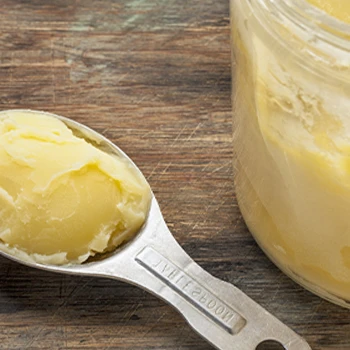
Ghee is another form of saturated fat, but it is produced from regular butter instead of animal fat.
You can make your own ghee by gently heating regular butter until it melts and the milk solids separate from the fat.
This process is known as clarification and results in ghee often being called clarified butter.
The butter is then taken off the heat, and the milk solids settle to the bottom of the pot.
The butterfat is then strained off the top, leaving the milk solids behind.
The saturated fat can cool down to room temperature and return to a solid form.
It does not get as hard as the original butter and is easy to scrape out of the jar to use.
Your own ghee may be better for dietary preferences since it is considered a dairy product rather than a meat product like tallow.
What Flavor Does Ghee Add To Food?
Ghee is somewhat different from tallow in the flavor department.
Ghee has a flavor of its own, and when used on meats, it adds a rich, almost nutty flavor to savory foods.
Ghee can also be infused with herbs during the rendering process to add additional flavors, but most people use the ghee with its natural nutty flavor.
You can control the intensity of the ghee flavor during the clarification process. If the ghee is clarified at a temperature of 212°F, the taste is mild.
Ghee produced at a temperature of 248°F results in a better-flavored result.
Is Ghee A Healthy Fat?
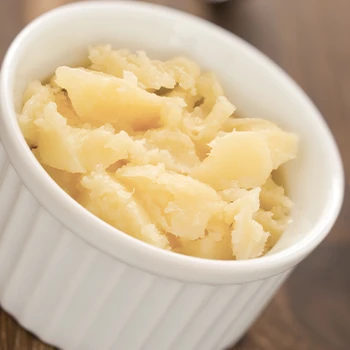
Ghee is considered a healthy saturated fat, providing a good source of vitamins A, C, D, and K, and is rich in antioxidants. However, all fat content should be used in moderation [2].
Ghee is considered a healthier alternative to standard butter when used in high heat cooking, grilling, and smoking.
Ghee, like tallow, has a high smoke point, which allows the fat content to be used at a higher temperature without the fat burning and losing nutritional value.
How Can You Use Tallow And Ghee For Grilling And Smoking?
Both ghee and tallow can be used in many different applications in, either grilling or smoking.
The saturated fat you use can be selected by dietary preference or whichever one you feel adds the most flavor to the meat.
How To Use Tallow For Grilling And Smoking
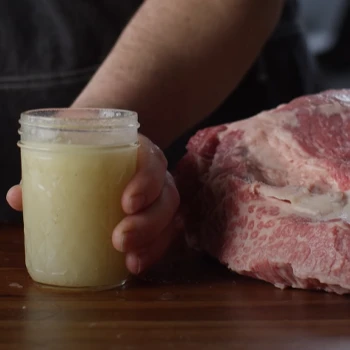
One of the best ways to use tallow is when smoking a brisket! If you know something about smoking a brisket, the best time to add tallow to the equation is at the wrapping stage.
The preferred wrap for your smoked brisket using tallow is brown butcher paper.
The tallow can be smeared on the paper before the brisket is wrapped or a dollop of the raw fat placed under it before it is wrapped to continue the smoking process.
The tallow helps seal in flavor and adds more flavor if herb-infused tallow is used.
One way to use tallow in grilling meat is to sear your steak. Searing a steak helps seal in the flavors and retain moisture in the piece of meat.
Take a bread knife and smear both sides of your steak with tallow before placing it on the grill.
The tallow will heat up and sear the steak when placed on the fire, sealing in the flavor and goodness!
How To Use Ghee For Grilling And Smoking
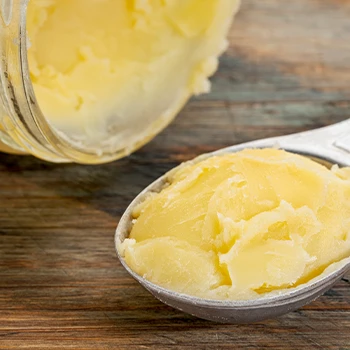
Ghee can be used on meats and vegetables alike and adds its unique flavor.
If you are roasting vegetables on the grill, wrap them in aluminum foil with a tablespoon of ghee to add flavor and produce a crispy outer layer and a juicy interior.
Ghee also works well on meat in a smoker as a blasting agent, especially ghee infused with herbs and spices to add your signature flavor to the meat.
Ghee can be a healthier fat for any grilling or smoking process that usually calls for butter.
At Carnivore Style, we aim to help you choose the right fats to enhance your cooking and flavor. Check out our other guides and tips to make your carnivore meals delicious and satisfying.


